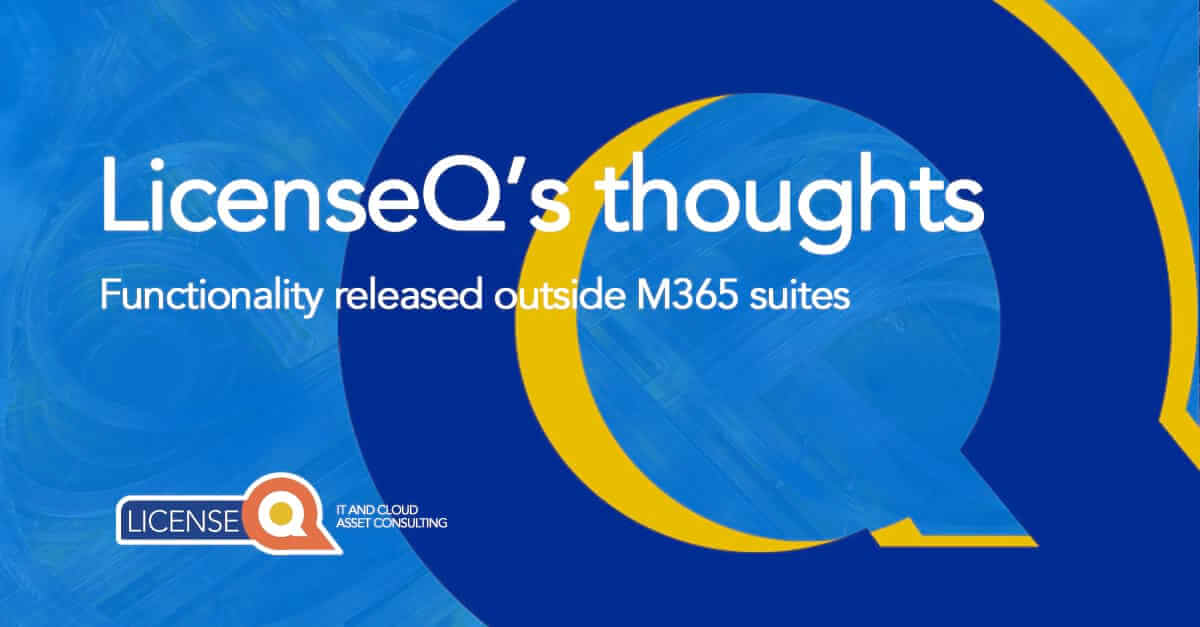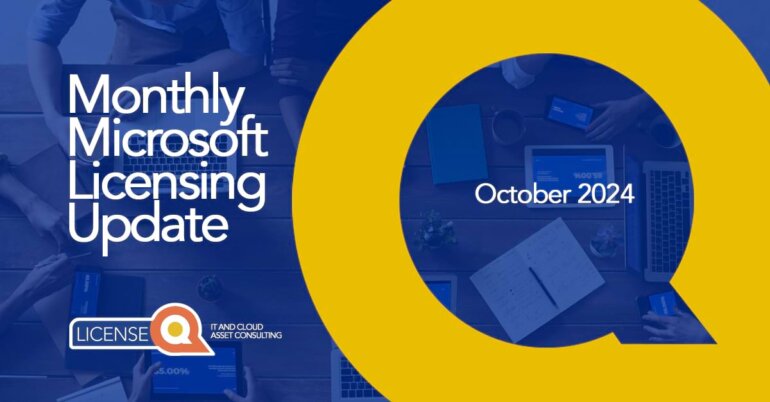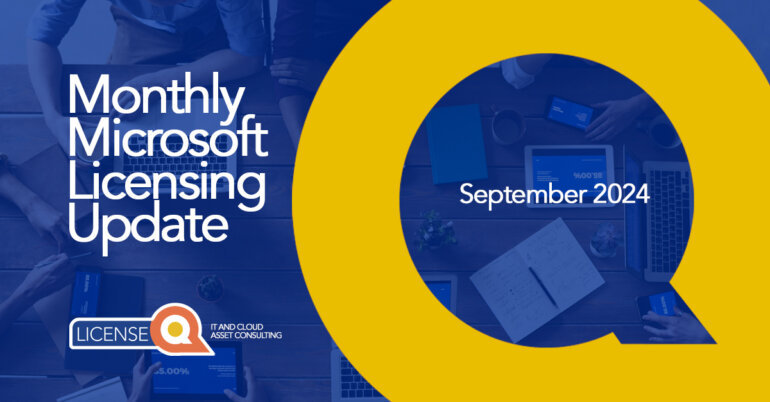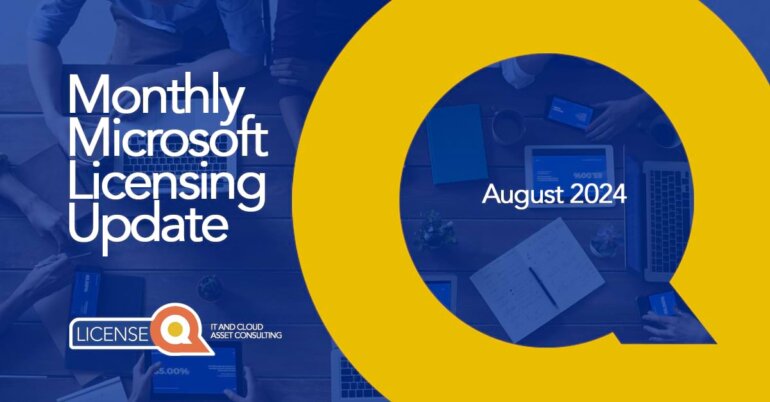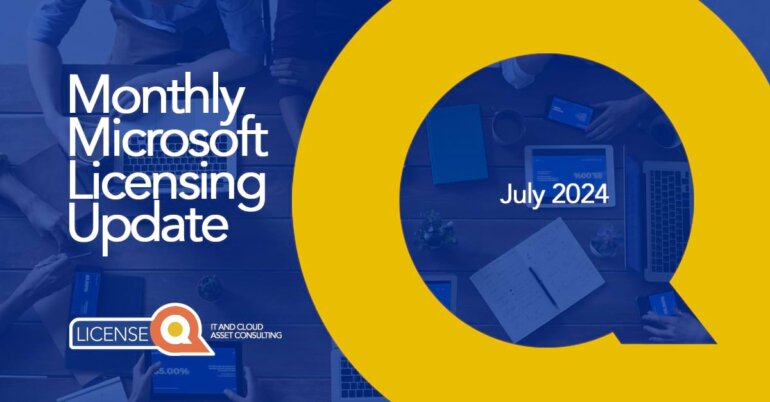M365 suites: Why are new products released as standalone?
Introduction – Why standalone functionality?
Over the past months Microsoft launched lots of new products and generally these products are subsequently not added to the M365 suites. Instead they exist as standalone products. Most of them are items that customers have been waiting for too…
Examples of some of these releases:
- Viva
- Microsoft Syntex (previously known as Sharepoint Syntex)
- Intune Suite
- New Microsoft Defender products.
Our regular clients come to us asking what they should do. They worry that if they start testing these products, will Microsoft see that as a willingness to buy? If so, this can undermine their negotiation position. Keeping these products outside of the M365 suites means customers have to procure these separately which means more negotiations and hassle.
Why does the launch of these products outside the M365 suites worry us? It could be a sign that Microsoft is preparing to launch a new suite, like an M365 E7, even though they are still struggling to sell E5.
Bizarre that they would be setting themselves up for a newer, bigger version when they can’t sell the current one?!

Microsoft 365 suites
The Microsoft 365 E3 suite is currently still the dominant one. Roughly 80% of Microsoft’s clients are signed up to this. However, the E5 suite is growing rapidly and what will Microsoft do when that suite reaches 80% saturation? Microsoft is all about making money, so they will think of a way to earn more money on that specific suite.
The difficult thing is also that there is no alternative for the modern workplace. For the cloud you have options – Azure and Dynamics 365, but not for M365.
Compared to Microsoft’s competitors, what Microsoft does really well is position itself as one platform to suit all your needs. If you are far along in your E5 security journey, for instance, you’re not just going to bow out. The interconnectivity and the way everything works together seamlessly is the appeal of most of these products.
How to procure standalone products?
We think you should run your Proof of Concept, but make sure you have alternatives in place, or at least identify your alternatives and use the availability of any competitors in your discussions with Microsoft.
This information can help you plan ahead for your negotiation strategy. If you are leading procurement for your organization, you need to know what is already in use in your organization and what your future needs are.
What is a Microsoft suite?
This blog talks about the different versions of the M365 suites (E3 and E5), but not everyone knows the difference between these two suites or what other suites Microsoft offers. Below we’ve included a short overview of the main Microsoft suites currently on offer.
In the context of Microsoft or software generally, a suite is a package of related products and services sold together. Typically, the products and services are designed to interact and integrate with each other, providing a more seamless user experience compared to using disparate applications from different vendors.
Besides consistency, a main advantage of a suite is easier procurement and better value compared to buying products and services separately.
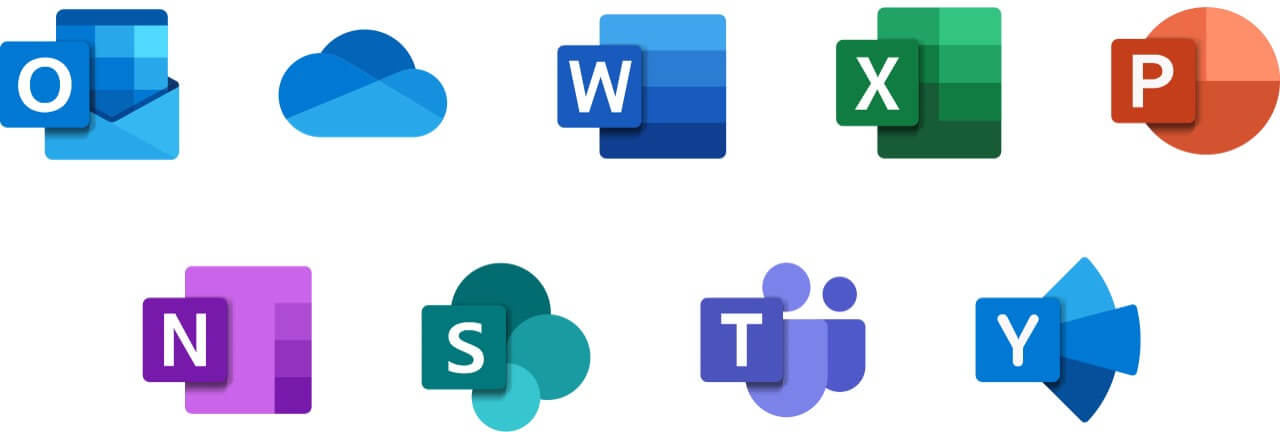
An example of a suite is Microsoft 365 Apps for Enterprise (formerly known as Office 365 Pro Plus) which includes well-known applications such as Word, Excel, PowerPoint and Outlook. The products share a common interface, making it easy for users to navigate and directly share data.
Besides products such as applications, a suite often also includes services such as cloud storage (in this suite its OneDrive), communication tools (like Teams) and more.
Microsoft’s main suites
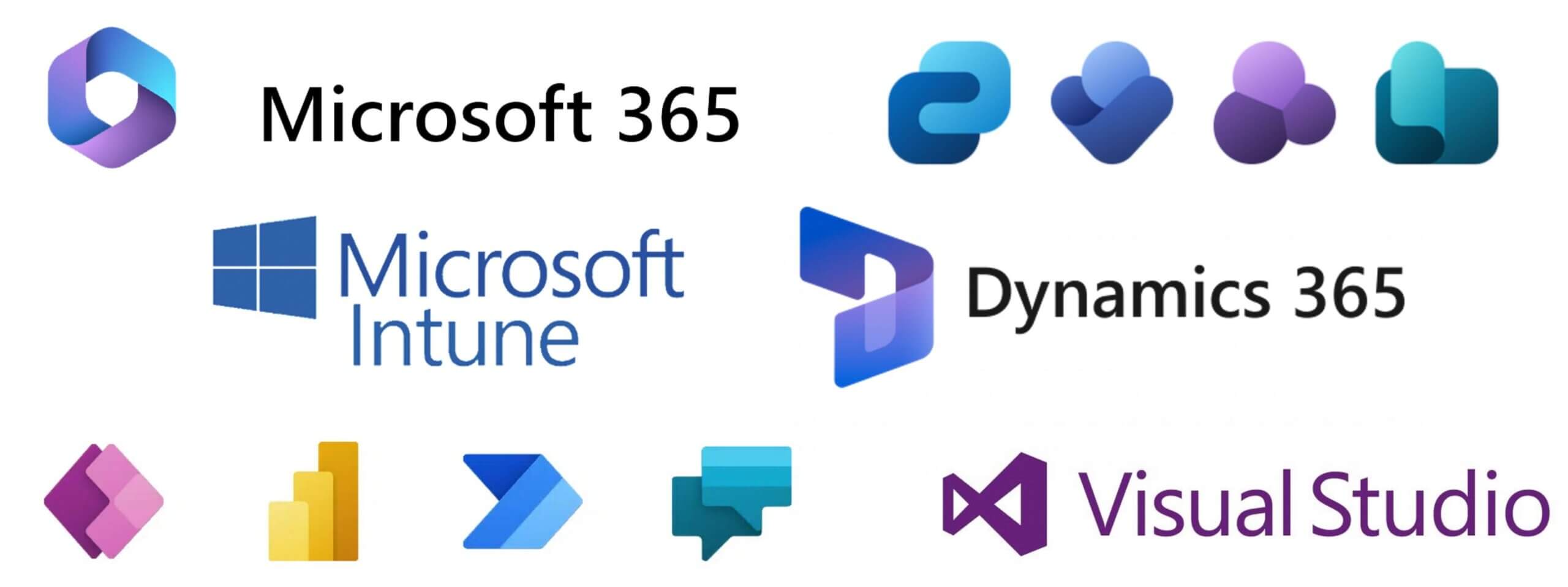
The main suites offered by Microsoft are:
- Microsoft 365 E3/E5: the suite of suites. This is a package of products within a package of products. These suites contain three main building blocks: Office 365 (a suite in itself), Enterprise Mobility + Security (a suite in itself), and Windows Enterprise (the OS, but also a suite of multiple products and functionalities). This is by far the main suite that Microsoft wants to sell, as it contains what Microsoft sees as the required functionality for most organizations.
- Microsoft 365 Apps for Enterprise: This is a suite of productivity applications that includes Microsoft Word, Excel, PowerPoint, and Outlook, along with other productivity services that are enabled over the internet (cloud services). This includes Teams and OneDrive. It comes in various plans tailored to businesses, individuals, and education.
- Dynamics 365: A line of enterprise resource planning (ERP) and customer relationship management (CRM) software applications. It includes apps for sales, customer service, field service, HR, finance, and supply chain management, among others.
- Intune Suite: The latest suite from Microsoft. It is a suite of products focused on Mobile Device Management and the associated security. While Intune used to be the name of the MDM/MAM solution, it now includes multiple new products like Remote Help and Endpoint Privilege Management.
- Microsoft Power Platform: A suite of business intelligence, app development, and app connectivity software which includes Power BI, Power Apps, Power Automate (previously Flow) and Power Virtual Agents.
- Visual Studio: Microsoft’s integrated development environment (IDE) used for developing computer programs, websites, web apps, web services, and mobile apps. Now commonly also includes GitHub.
- Microsoft Viva: A suite of products that can be included in your Teams environment to bring together knowledge, learning and insights. This suite includes products like Viva Learning, Viva Connections, Viva Topics, and more.

